Twitter vs Tesla Change Management Strategies: The Good, The Bad, and The Ugly
In an era of remote workers, mass layoffs, and an economic downturn, we are tasked to do more with less. With a changing workplace, transparent employee communication and change management strategies become the forefront of enterprise priorities. Although Twitter & Tesla are both led by Elon Musk, the change management styles differ. What’s working and what’s not?
Today’s fast-paced business environment requires strong change management skills, which are essential for effective leadership. Over the last few years, about 99% of enterprises have made significant organizational changes. Organizations continuously evaluate and evolve their change management strategy while helping project managers implement said change using various tactics like the DICE methodology–duration, integrity, commitment, and effort. All this is to keep up with the competition, technology, and the world’s economic ebb and flow. As a result, specific strategies and resources are carefully used to maintain and advance different areas of an organization.
The change management model is a system for managing changes within an organization. From providing a framework to identify, communicate, and accept change at different levels of an organization. The model defines roles and responsibilities for individuals, groups, and organizations involved in the change process.
The first step is identifying the need for change and its impact on the organization, considering the reasons behind the need, and deciding on an appropriate implementation strategy. Then implement all the changes identified to ensure that all stakeholders are aware of them so they can participate in their implementation and be part of it. Below are the top 5 change management model used in the tech industry:
- Lewin’s Change Management Model: Lewin (1986) created the Change Management Model, which consists of three stages: unfreezing, changing, and refreezing. The unfreezing stage involves creating a sense of urgency and readiness for change; the changing stage consists in implementing the difference, and the refreezing stage involves consolidating the change and making it a new normal.
- Action Research Change Management Model: Action research is a cyclical process of planning, taking action, observing the results, and reflecting on the process. We can use this model when the desired outcome is uncertain, or the problem is complex.
- ADKAR Change Management Model: It is a five-stage model that focuses on personal change. It consists of awareness of the need for change, desire to participate and support the change, knowledge of how to change, ability to implement the difference, and reinforcement to sustain the change.
- Prosci Change Management Model: It consists of three phases: preparation, implementation, and reinforcement. A structured approach is necessary to evaluate the impact of change and develop a plan to manage the change.
- Kotter’s 8-Step Change Model: This model consists of the following steps: creating a sense of urgency, forming a powerful coalition, creating a vision for change, communicating the vision, empowering others to act on the vision, creating short-term wins, consolidating gains and producing more change, and anchoring new approaches in the company’s culture.
Change Management Leadership Styles

Some also argue that his leadership style is transformational.
There is not one “right” process or leadership style for change management; it depends on your organization’s goals and needs. But employee engagement is necessary and integral to its success.
Finding ways to stay competitive as advancing technologies emerge and disrupt is imperative. Enterprises are focusing on and studying different change management strategies to avoid some of the pitfalls seen in Twitter and Tesla’s recent events.
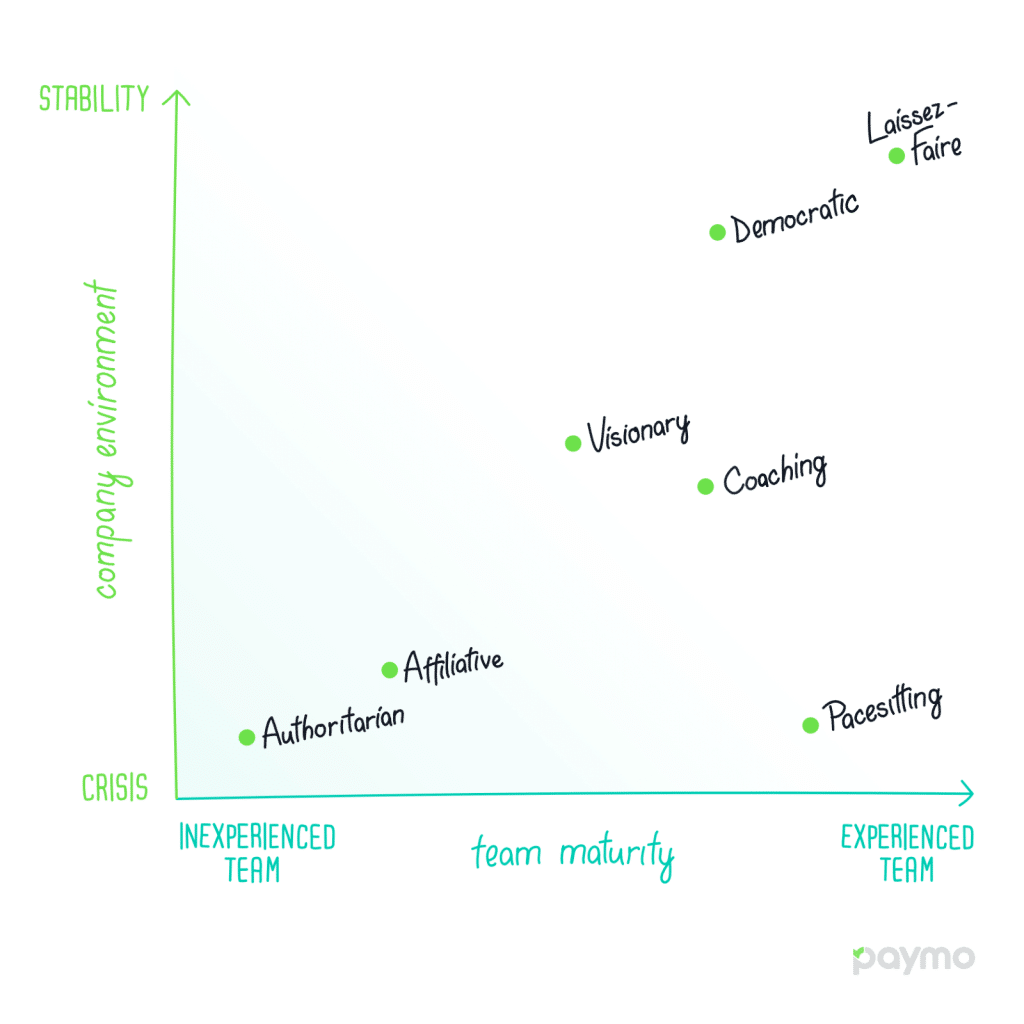
Source: https://www.paymoapp.com/blog/management-styles/
Musk’s latest change management methodology downfall was communication, inspiring, and gaining employee buy-in. It is crucial to define company culture and communicate its vision to maintain any well-laid plan, even a visionary’s.
Twitter, renowned for its iterative and rapid approach to product development, pushes a culture of constant experimentation and digitalization. This keeps the tech conglomerate agile and adaptable. Implementing new ideas swiftly has been paramount to the company’s success. This ambitious goal to innovate does come with potential risks and difficulties. Constant experimenting can make it hard for Twitter to maintain a clear direction and reach its long-term objectives. And executing these initiatives well and on time can make or break a company’s reputation.
Tesla’s change management approach has been pivotal to its success in disrupting the automotive industry and moving the world towards sustainable energy sources. Their strategy requires a longer-term focus on planning and execution. Although vastly different from the agile Twitter structure, the disruptive and calculating Tesla approach also comes with risks and obstacles. For instance, their devotion to the long game might hinder their ability to respond quickly to market or industry shifts.

Despite Twitter and Tesla being leaders in their respective industries, their approaches to change management could not be more different.
These two contrasting change management strategies highlight that there is no one-size-fits-all solution to change management. But it does take a clear understanding of your company’s goals, the world economy, and people’s changing wants and needs to determine what strategy works best for your organization. You can make better-informed decisions about your organization’s change strategy by understanding the pros and cons of different methods.
Elon Musk’s Management Style Impact on Tesla and Twitter
Elon Musk’s Twitter Takeover & Management Style
Tesla and Twitter have been heavily impacted by Elon Musk’s influential leadership style, characterized by his penchant for taking risks and thinking unconventionally. Over the past few years, Musk, the magnate, entrepreneur, and engineer, has become one of the most respected figures in technology. Unfortunately, Musk has recently become an emblematic symbol of “hardcore” management due to a particularly staining event: his Twitter takeover. Indeed, his tendency to demand unrealistic work demands and fast results from employees, often at the expense of their mental health and personal lives, generates criticism. Experts continue to warn that his leadership style creates explosive collateral damage, ignores basic human needs, and lacks attention to work culture, which fosters bad business and mental health.

Musk’s takeover of Twitter and mass layoff led to a lack of experienced staff, an increased workload, and toxic work culture. Employees were informed that they no longer had a job at Twitter through their lack of access to work emails. They later found out they were a part of the unlucky thousands let go–or lucky, depending on how you look at it. According to The Conversation, “Since taking over Twitter on October 27, 2022, Musk has stopped employees working from home, canceled employee lunches, and laid off about 3,700 employees – roughly half of Twitter’s workforce.” The emotionally detached mass firing, lack of transparency or communication, and speed at which it was all happening created a work culture based on fear rather than modernization. This is the last thing you want to do when attempting to implement change and invoke innovation. This wave of fear inspires people to dust off their resumes faster than their willingness to work hard and implement change.
This layoff led to the dismissal of an entire curation team; two dozen Twitter employees who had pushed back publicly and privately against him were let go; by the end of October 2022, he reduced the staff from 7,500 to 2,700; and then he forced his remaining employees to pledge to accept “long hours at high intensity” –leading to resignations of an estimated 1,200 additional Twitter employees.
But is this rapid change management approach working for Twitter?

“One insider says the company’s current staffing is unable to sustain the platform.” – MIT Technology Review. “In short, it’s becoming unreliable.” The change is happening so quickly, inconsistently, and uncontrollably that Twitter is losing its most active users. Even the statistics on users, capabilities, and staffing are constantly in flux and unreliable.
Although the chaos of 2022 cannot be unseen, and Twitter started mainly in debt ($13 billion, to be precise), some vast strides toward improvement are seen. Its future is uncertain for one of the longest-running social media networks since Musk’s takeover, but users are increasing–although users are predicted to decrease in 2023.
Additional Elon Musk Stat Insights
- 5 Ways Elon Musk has Changed the Twitter Platform – BBC article
- A List of Features Musk Promises to Bring to Twitter – TechCrunch article
- 2021 Twitter stat insights – Finances Online article
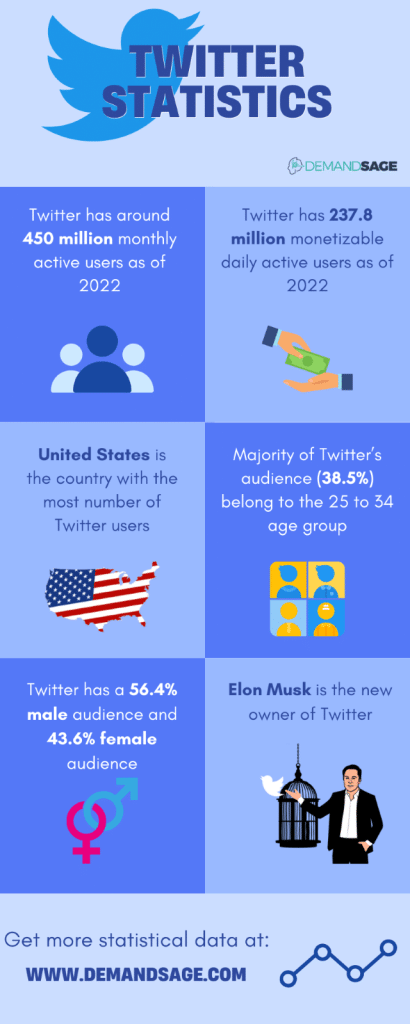
Even with potential benefits from Musk’s takeover, one change management strategy gone awry can affect social media’s future. TechCrunch and Taylor Hatmaker’s remarks ring true here. “Elon Musk’s disastrous takeover showed that it just takes one person’s bad ideas to destabilize a social network that everyone thought was a given…” Ironically, in an era where social media reveals more than companies wish to, your digital or business transformation will fail without a change management strategy that considers your employees.
Elon Musk’s Tesla Takeover & Management Style
And yet, Tesla has revolutionized the automotive industry with its electric vehicles, becoming one of the world’s most valuable car companies due to Musk’s change management style: transformational & visionary.
Musk focused on thoughtful yet rapid innovation and was willing to take on established players in the automotive industry. As a result of his leadership, the company developed and launched new electric vehicles globally, with competitors struggling to keep up. In 2022 alone, Tesla delivered 1.31 vehicles and a growth of 40% over last year. “However, the fourth-quarter numbers fell shy of analysts’ expectations.” This failure to meet expected numbers in Q4 was likely tied to his Twitter debacle and the reason for Musk’s announcement that he will be stepping down as Twitter’s CEO once he finds a successor.
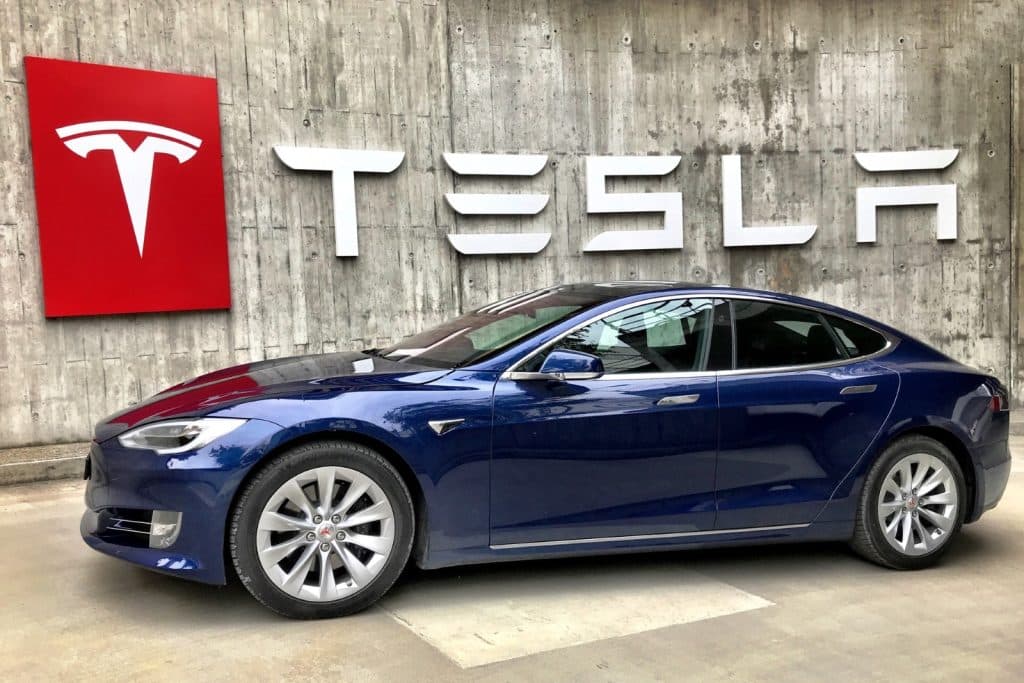
Musk has also been heavily involved in product design and development. Although he prioritized rapid innovation for the company, he was methodical and delayed launches to affirm product expectations. As a result of this approach, Tesla has produced a wave of new products and has become a world-class car company explicitly targeting the environmentally concerned wealthy. With this highly targeted approach, Musk created a focused goal using transparency, communication, and inspiration. Very different from his strategy with Twitter, where his goal was to cut staff, save money, and reduce overhead for a product with a much larger base of users. Both companies were supposed to be geared toward innovation, yet he attacked both with different change management tactics.

Musk has been muddying the waters of his leadership approach and is now pulling in Tesla resources to save Twitter. Due to his rushed change management initiatives at Twitter, its future is in question. Musk has pulled more than 50 employees into Twitter, “mostly software engineers from the Autopilot team,” according to CNBC. In hopes of climbing out of the Twitter debt, Musk is trying to pool resources. Unfortunately, he continues to rush his change management strategy due to the pressure felt by his high publicity coverage.
It looks like the toxic work environment is not limited to his Twitter takeover. Tesla was criticized by its employees for workplace discrimination in 2022. They have reported long hours, sexual harassment, low pay, racism, and a lack of safety measures making them feel overworked and undervalued. Several strikes and protests have occurred due to employees demanding better treatment and a more reasonable workload. As a result, the company is now under the radar for environmental impact, with some experts arguing that electric vehicle production is still harmful to the environment.
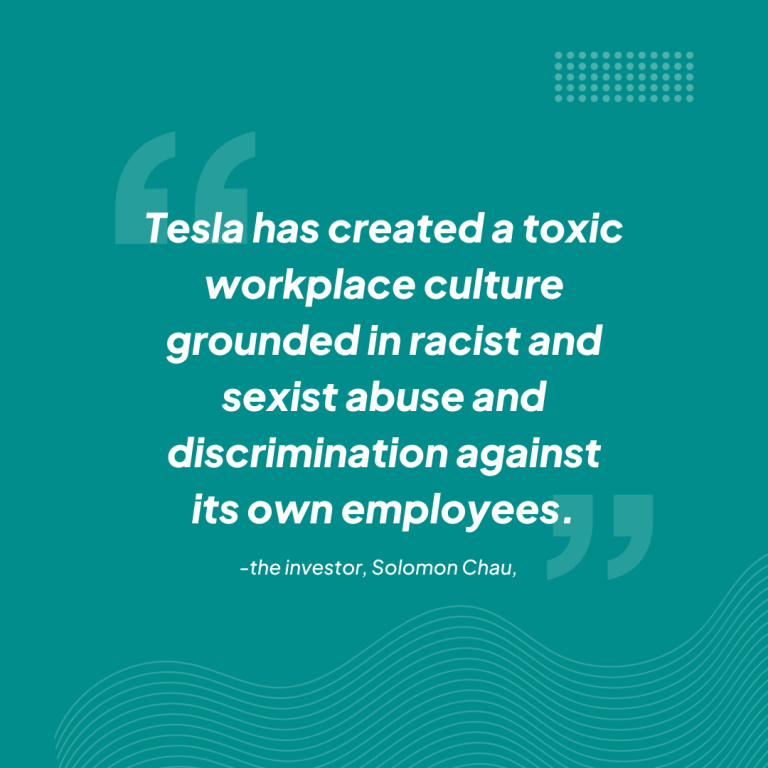
Elon Musk’s Tesla Takeover & Management Style
Elon Musk’s leadership style is risky. If you push people to the limit, they need to feel inspired to move along with you. This is one of the critical steps to successful change management.
Despite Musk’s arrival, Twitter has experienced relatively stagnant growth and engagement. But could he have done more if he had just slowed down, communicated, treated employees respectfully, and had a clear inspirational vision for employees to buy into?

After Musk took over Twitter on October 27, 2022, purchasing the company for $44 million, he suggested there could be a bankruptcy in the future if they didn’t start generating more money. He further pushed the envelope of work/life balance by stopping work-from-home options, canceling employee lunches, and laying off nearly 3,700 Twitter employees. He ruthlessly changed the culture to emphasize long hours at an intense pace. Musk even fired employees criticizing him based on information Musk received from hired agents reviewing private messages on Slack. By betraying employee trust and privacy, reducing transparency and communication, increasing output while decreasing resources, and inciting fear instead of inspiration, Musk used a different change management approach than he did with Tesla.
The tension is felt among the remaining employees, complaining about his micromanagement and the lack of communication, leading to mistrust and decreased morale among Twitter’s workforce.
The Conversation states, “Both Tesla and SpaceX have many unhappy employees, with lawsuits filed over working conditions and Musk’s management style.”
Because of Musk’s toxic management style at Twitter, his leadership is being questioned at Tesla and SpaceX. His flashy charismatic leadership forgoes processes and actual governance. Although he had followers behind his mission for Twitter, he produced little to back it up. His unpredictable Twitter habits have Tesla investors questioning his genius reputation. Once the dust settles after a failed change management strategy, especially one as public as his, it seems to bring other actions into question, exposing more failures than accomplishments.
Unlike his change management approach with Tesla,
- Musk did not set a clear or motivating goal for his newly acquired employees. Tesla is a mission-driven company.
- He rushed initiatives without a concise change management plan.
- Employees were the last to know about changes or business vision.
- He increased work demands while decreasing resources and support.
- He left Twitter without the appropriate staff and tools to manage everyday initiatives and safeguards.
- He did not inspire his employees or have an innovative initiative or vision for the company.
- He rushed deadlines.
- He broadcasted company objectives inappropriately.
Like Tesla,
- He created a toxic work environment.
Beginning of a New Era, maybe?
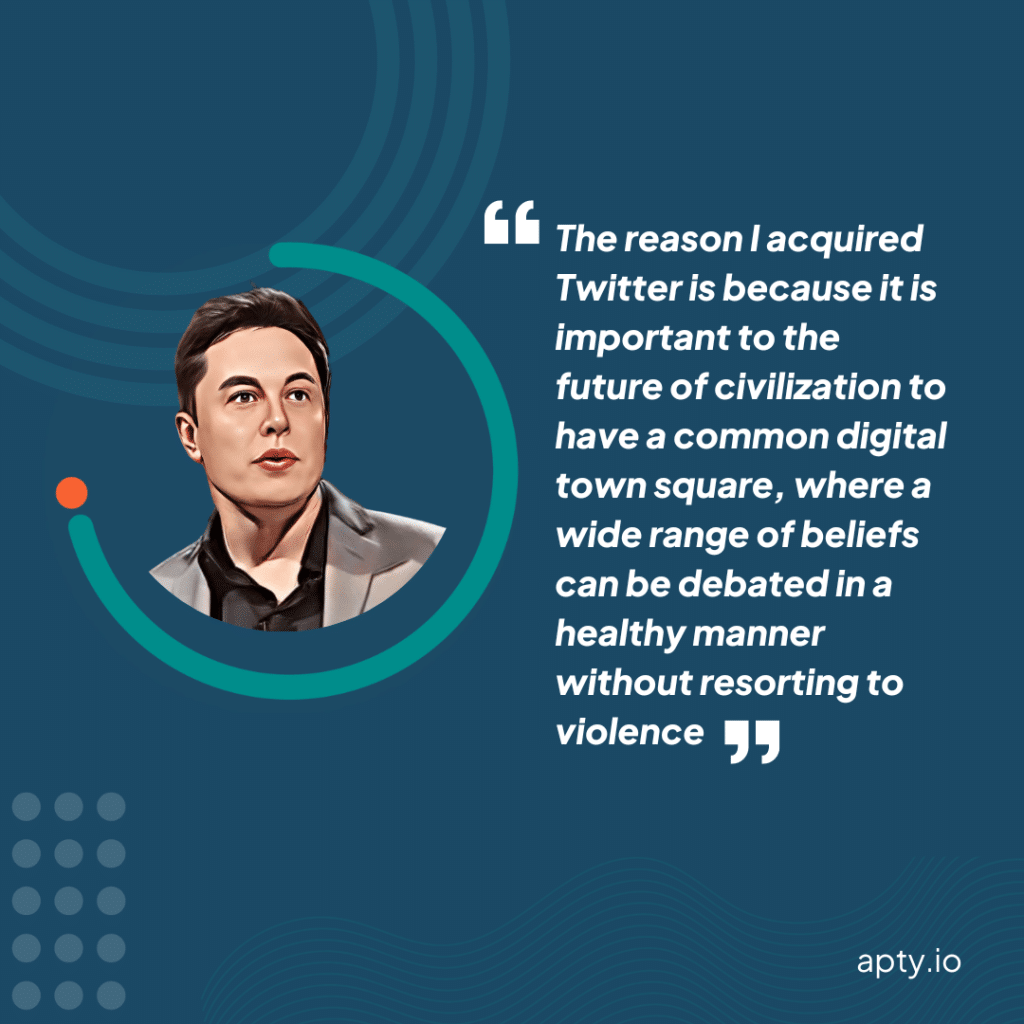
Musk says they’re done with layoffs and ready to hire again. And thus, the role of change management will come into the limelight again. Will he learn from his mistakes and create a well-defined change management plan? Although in an all-hands meeting back in November 2022, he said they were actively recruiting for roles in engineering and sales, there were no open positions on the website or specificity around the kinds of engineering or sales roles needed. He still sets unclear goals, which is detrimental to change management success.
Musk’s presence has made Twitter more popular, attracting more users to the platform. From sharing his ideas, opinions, and news about his businesses, as well as engaging with his followers. He emphasizes a more hands-on approach to managing by actively being involved in setting goals, making decisions, and driving the company forward. His magnified brutal management style significantly shifted from Jack Dorsey’s management style at Twitter. Dorsey was also seen as a visionary, but his management style was centralized around empowering employees rather than micromanaging them.
Musk uses the platform to advocate for causes he believes in, such as environmentalism and renewable energy, spreading awareness about climate change and encouraging his followers to switch to renewable energy. Additionally, he has spoken out against corruption, poverty, and other social issues using the platform.
Musk also uses Twitter for personal motives like promoting his various projects: his companies’ products, Tesla Motors, SpaceX, and Neuralink project.
Twitter has begun a new era, and the change management team plays a vital role. We will wait and see how the new leadership team does in the coming months or years, but one thing is for sure, change is imminent.

Digital Change Management Strategy Optimization
In change management, Twitter and Tesla have made significant strides. Musk’s relentless drive and focus on innovation has helped push the boundaries of technology and lead to breakthroughs. But he couldn’t have done it without the employees under him. In the past, these companies may have stayed competitive and at the forefront of their industries by embracing a culture of experimentation and data-informed strategies alone. But the relevance of company culture will play a more significant role in their success or demise over the coming years.
Company culture is becoming increasingly crucial to the success or failure of change management efforts. With fast changes as widespread and all-encompassing as Twitter and Tesla, education, efficiency, and communication are key. Automated learning tools and software, such as digital adoption platforms (DAPs), can play a pivotal role.
In-app learning software helps enterprises manage change more efficiently by:
- Streamlining processes
- Streamlining processes
- Providing proactive data and insights
- Increasing employee engagement
- Announcing changes in real-time
- Updating business processes instantly
- Reducing manual effort
- Among other benefits for addressing change management initiatives
Enterprises can take advantage of automated tools and software, such as DAPs, for workflow updates, segmented messaging to specific users (ex., Personalized announcements about companywide changes or business process changes), and proactive user behavior monitoring to better evolve and understand software adoption progress and ensure compliance with change management protocols. These solutions deliver operationally sound approaches to managing modifications, permitting companies to capitalize on the market and reach objectives. By utilizing specialized tools and software, businesses reap higher productivity levels while reducing costly resources associated with alteration management. Such tools produce quicker acceptance rates, reduced exposure, and superior company performance. Through DAP implementation, enterprises can assimilate their change management practices and meet their needs more efficiently.
Read More: 4 Reasons to Include a DAP in your Change Management Training – Apty
It can be argued that Musk’s change management style has been mixed on both Twitter and Tesla. On the one hand, the companies have achieved tremendous success and growth under his leadership. Nevertheless, this success has had a high cost for the employees and those involved. Finding a balance between promoting innovation and taking care of employees is crucial if the current management style negatively affects their mental and physical health.
Before making any conclusions, leaders should weigh both the positive and negative aspects of their change management style. Being aware of your weaknesses can help you become a better leader overall.
Read More: Three Leadership Qualities Elon Musk’s Replacement as Twitter’s CEO Will Need to Have
The effectiveness of change management relies on critical components like explicit and transparent communication, informed decisions through due diligence, employee engagement and drive for change, and factoring in long-term sustainability. The controversy between Twitter and Tesla illustrates how easily these criteria can be overlooked. It also explains what to avoid to achieve efficient and effective change.
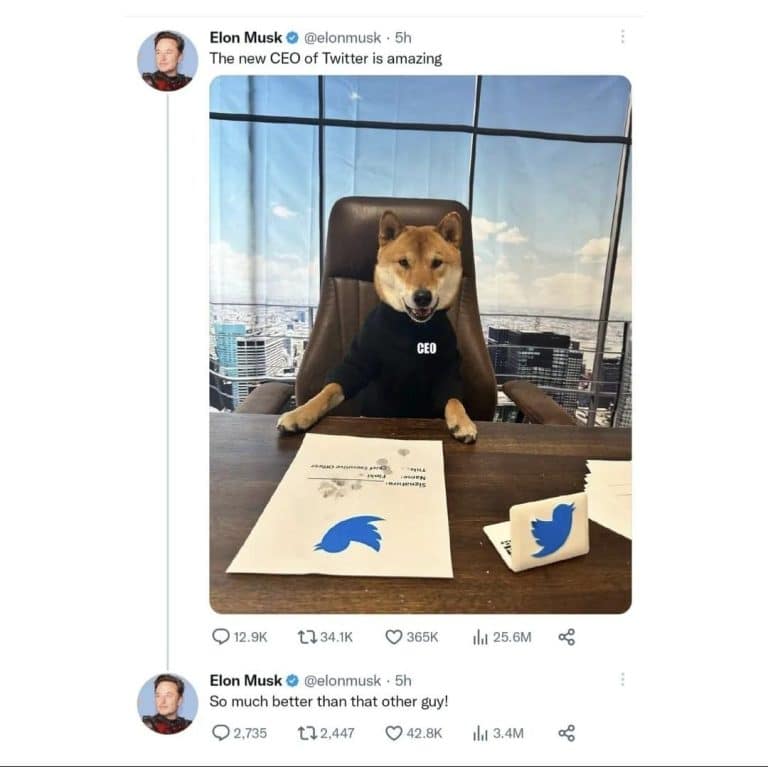
Elon Musk’s comical take on Twitter’s change management leadership reflects his laissez-faire communication style in an unstable company environment and remaining potentially inexperienced staff.
Consider The “ART” of Change Management
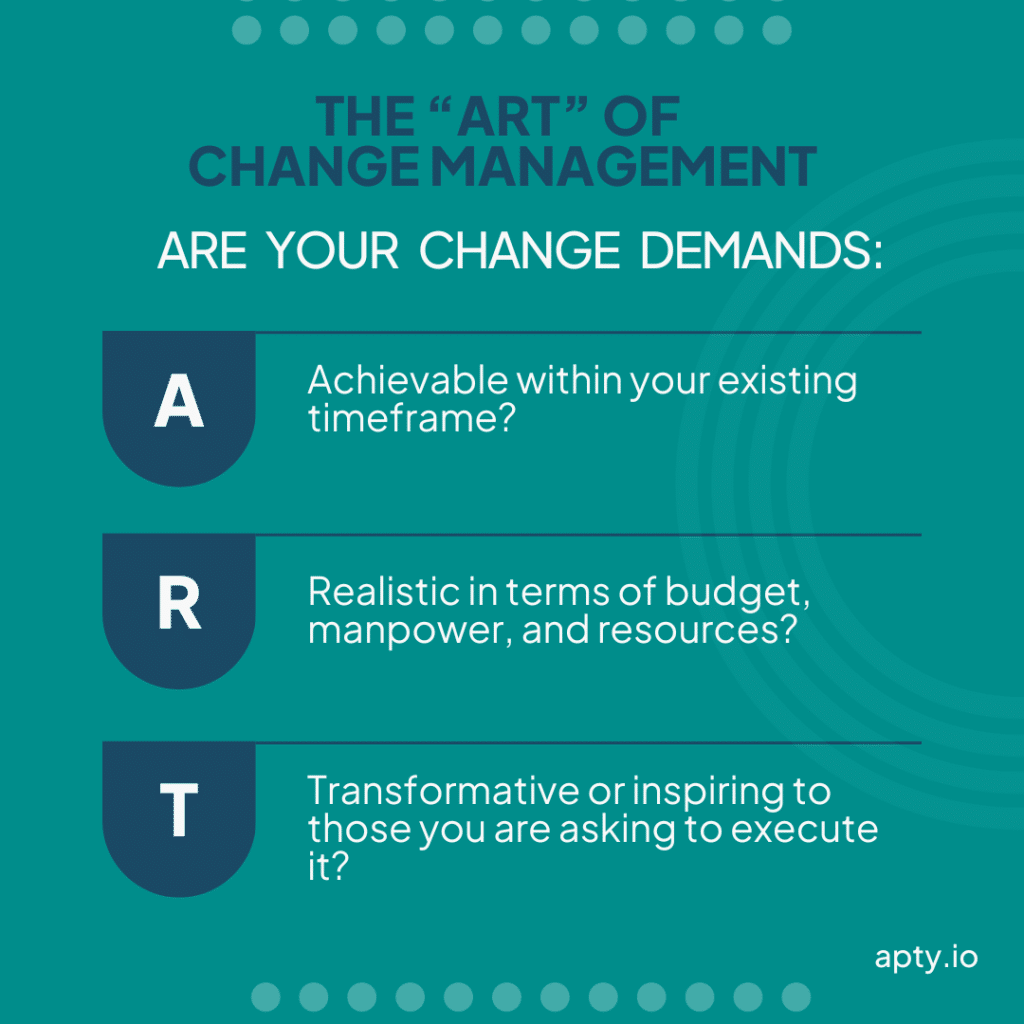
If you answered no to the “ART” questions, change your something. Don’t push through without addressing the obvious false starters.
Quick advice on solving the objectives above…
- It’s OK to ask for help.
- Invite subject matter experts (SMEs), outside consultants, stakeholders, or experienced employees into the conversation before implementing change. Communicating early and often is key to success.
- Even after implementation, establishing a transparent feedback loop for this center of excellence (CoE) team members will help execute tasks faster and avoid mistakes sooner, saving you money!
- Implement tools, resources, and personnel to help you scale faster, achieve goals more effectively, and meet those deadlines. OR change your timelines–extending deadlines is not always bad for transformation initiatives.
- Inspire, communicate, and be transparent with your staff. They can help, and you want them to feel inspired to do so.
Learn more about Change Management
- Change Management Best Practices: https://www.apty.io/blog/change-management-best-practices/
- Change Management Check List: https://www.apty.io/blog/change-management-action-items/
- Everything Change Management: click here
Table of Contents
- Twitter vs Tesla Change Management Strategies: The Good, The Bad, and The Ugly
- Change Management Models
- Change Management Leadership Styles
- Twitter vs Tesla Culture & Change Management Approach
- Elon Musk’s Management Style Impact on Tesla and Twitter
- Elon Musk’s Twitter Takeover & Management Style
- But is this rapid change management approach working for Twitter?
- Additional Elon Musk Stat Insights
- Elon Musk’s Tesla Takeover & Management Style
- Elon Musk’s Tesla Takeover & Management Style
- Beginning of a New Era, maybe?
- Digital Change Management Strategy Optimization
- Consider The “ART” of Change Management
- Learn more about Change Management
- Optimize Your Change Management Strategy with Apty
- Oracle HCM Implementation: Steps & Best Practices 2025
- ERP Implementation: Steps, Challenges & Best Practices
- 9 Change Management Strategies for Smooth Transitions






